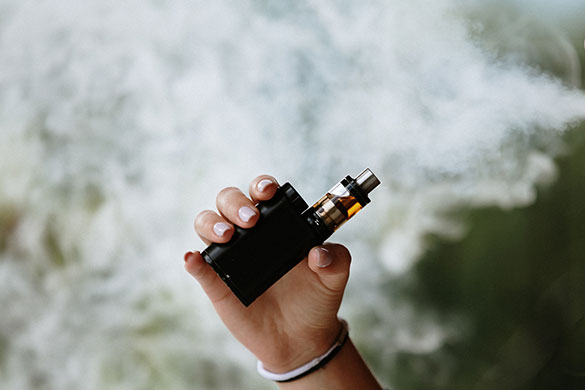
It only takes a few moments to read the Surgeon General’s warning on the pack of cigarettes before you even light up to understand that buy pckt one plus ny cigarettes is not just bad for your health, it can kill you. Most of us are aware of the health risks to ourselves whether we choose to heed the warning on the label or not. Each time you decide to light up you may believe that you are only harming yourself, but that is not a true fact. What is true?…. The reality is that tobacco smoking is one of the major killers in the United States, and second hand smoke can be nearly as bad for those who live with smoking partner, mate, or parent. Passive or secondhand smoke has been classified as a Group a carcinogen by the EPA due to the magnitude of major health problems associated with it.
Cigarette smoking has been proven to produce ominous and deadly health consequence in a large majority of people who smoke, but due to nicotine’s addictive properties once started the habit can be hard to break. Cigarette smoke affects every major organ in your bodies, and plays havoc with your immune system as well. Smoking tobacco or chewing it can increase the chances of developing many different types of lung, and mouth cancers. Smoking also contributes highly to the possibility of developing emphysema, COPD, chronic respiratory diseases, erectile dysfunction in men, hearing loss, strokes, peripheral artery disease and cardiovascular disease. To make it even more frightening there are roughly 4,000 chemical compounds identified in second hand tobacco smoke, close to two hundred and fifty are known to be harmful, and 50 of the chemicals are known to cause cancer. Second hand smoke can also affect pregnant women who live with a second-hand smoker as they are more likely to have low-birth-weight babies, pre-term delivery and miscarriages.
So it should come as no surprise that at University College London and at St George’s, University of London researchers were able to measure and provide visible proof that smoking not only affects your own body negatively, but also of those who live and spend time around you. To verify this fact researcher’s screened and monitored primary and secondhand smoke exposure by measuring cotinine levels in the participant’s blood. Cotinine can be found in the blood, and urine of people who have recently smoked or inhaled passive smoke; individuals who present with values of 10 ng/mL to 100 ng/mL are associated with light smoking or moderate passive exposure, and levels above 300 ng/mL are seen in heavy smokers whereas individuals with levels 10 ng/mL or less are considered to be non-smokers, but demonstrate that they were recently exposed to tobacco smoke. In the studies researchers confirmed that participants exposed to high levels of tobacco smoke had measurable levels of cotinine in their blood. Non-smokers in the study who had a partner who smoked had average cotinine levels of roughly twice the normal level which put them in a category associated with an increased risk of a heart attack. Normal blood levels should be below 0.5 ng/mL, and blood cotinine levels above the value of 0.7ng/mL have been linked with a 40% increase in the risk of a heart attack.
If you have children you should be concerned as well. Passive secondhand tobacco smoke exposure in children has been recognized to increase respiratory illnesses, asthma, sudden infant death syndrome, decreases the immune system and contributes to middle ear disease in infants and children. It is also import to point out that by putting your child or children in situations where they will be exposed to secondhand smoke, that you are contributing to dangerous health conditions, cancers and morbidity rates that are completely preventable.
If you are wondering if there is a safe way to smoke around others there is none. Cotinine and nicotine can hang as a toxic contaminant in the air; of your house, your car, at work, and even outside. To answer the question; what is safe level of passive smoke? Honestly, there really is no risk-free level of exposure to second-hand smoke for your family, your friends, people who frequent night clubs, bars, recreation areas, and other places where they are exposed to secondhand smoke. Many people believe that by staying separated from non smokers while smoking, using air cleaners, or ventilating buildings they can prevent second hand smoke inhalation by nonsmokers, but it is almost impossible to completely eliminate secondhand smoke exposure. The only sure way is to quit smoking completely.